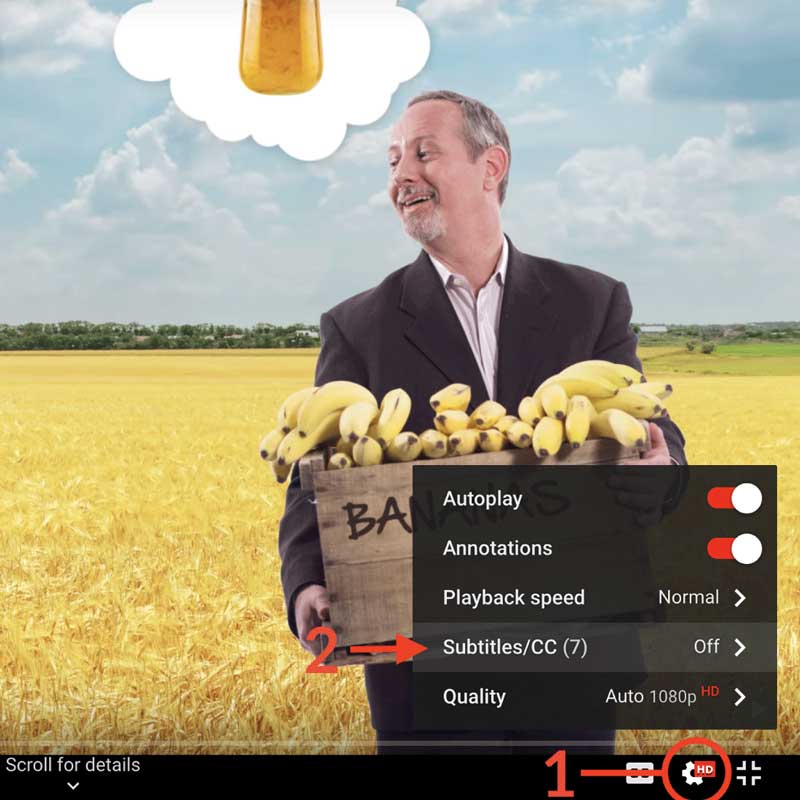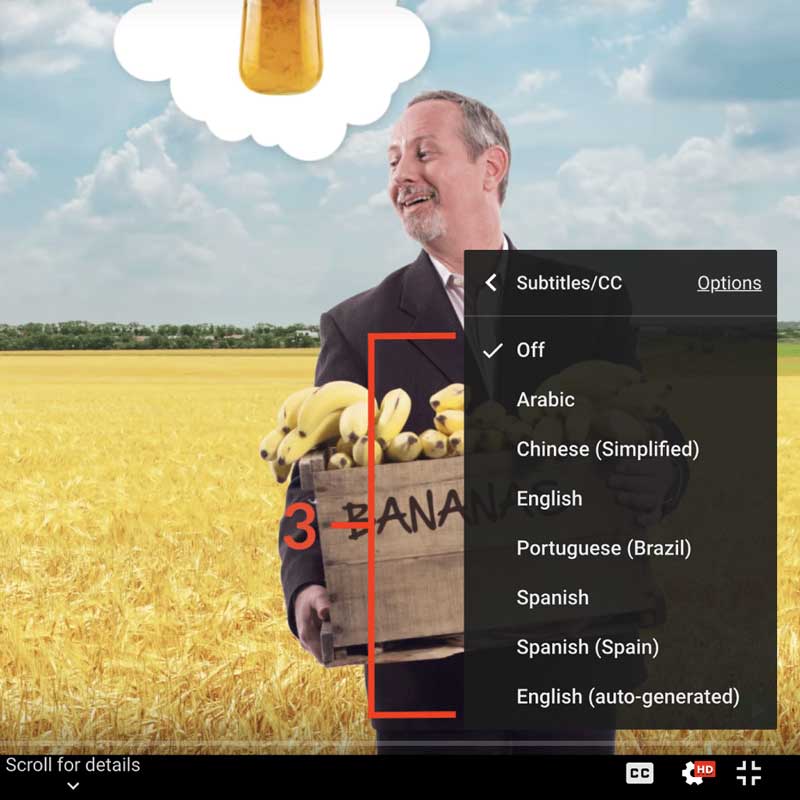Intro to Business Fluctuations
Course Outline
Intro to Business Fluctuations
Economic growth doesn’t happen at a steady pace; there are ebbs and flows. Prosperity on the national level depends on a country having good institutions in place. The factors of production – human capital, physical capital, and ideas – are also critical. And these variables often change, sometime drastically.
In the United States, economic growth has averaged at about 3.2% for the past sixty years. But if you Google “US economic growth FRED,” you’ll quickly see that it’s not a smooth trend up. Instead, there are plenty of peaks and valleys, even though the U.S. has a relatively stable economy. Economists refer to these ups and downs around a country’s long-term GDP growth trend as “business fluctuations.”
“Recessions” are significant and widespread declines in employment and real income. But not only do people become unemployed during a recession, but capital and land often go un- or underused. This suggests that an economy is operating below its potential because resources are being wasted.
Recessions, large or small, are less than ideal states for an economy. We want people and resources well employed to produce more prosperity.
Over the next few videos, we’ll explore the basics of a model of business fluctuations called the aggregate demand-aggregate supply (AD-AS) model. We’ll put the model to use to look at how shocks affect an economy, and what policy can do to minimize the damage. Finally, we’ll apply the model to explain some of the largest economic catastrophes in United States’ history.
Teacher Resources
Related to this course
See all Teacher Resources related to this course
Transcript
A country's prosperity depends upon good institutions and the fundamental factors of production: Human capital, Physical capital, and Ideas. Economic growth, however, it's not a smooth process. An economy advances and recedes, it rises and falls, it booms and busts. Real GDP in the United States, for example, it's grown at an average rate of about 3.2 % per year over the past 60 years. But the economy didn't grow at this rate every day, or every month, or even every year. We call the fluctuations in real GDP around its long-term trend or normal growth rate, Business Fluctuations.
Recessions are significant, widespread declines in real income and employment. Declines in employment and increases in unemployment -- they are one of the most significant economic and personal costs of a recession. More generally, during a recession not only is labor unemployed, a lot of land and capital also become unemployed or underused. And when we see a lot of unemployed resources, that suggests that resources are being wasted, it suggests that the economy is somehow operating below it's potential. We'd like to limit that waste of resources. We want everyone who wants a job to be able to get a job. We want labor and capital fully employed to produce a prosperous, growing economy.
In the next set of videos, we are going to develop a model of business fluctuations called the Aggregate Demand, Aggregate Supply model. First, we'll learn the basics of the model. Then, we'll use the model to help us understand how shocks can disturb an economy and how policy might help us to reduce the size or cost of business fluctuations. Finally, we'll apply the model to explain some of the largest economic catastrophes in U.S. history, including the Great Depression. You're on your way to mastering economics.
Subtitles
- English
- Spanish
- Chinese
- Hindi
- French
- Arabic
Thanks to our awesome community of subtitle contributors, individual videos in this course might have additional languages. More info below on how to see which languages are available (and how to contribute more!).
How to turn on captions and select a language:
- Click the settings icon (⚙) at the bottom of the video screen.
- Click Subtitles/CC.
- Select a language.


Contribute Translations!
Join the team and help us provide world-class economics education to everyone, everywhere for free! You can also reach out to us at support@mru.org for more info.
Submit subtitles
Accessibility
We aim to make our content accessible to users around the world with varying needs and circumstances.
Currently we provide:
- A website built to the W3C Web Accessibility standards
- Subtitles and transcripts for our most popular content
- Video files for download
Are we missing something? Please let us know at support@mru.org
Creative Commons

This work is licensed under a Creative Commons Attribution-NoDerivatives 4.0 International License.
The third party material as seen in this video is subject to third party copyright and is used here pursuant
to the fair use doctrine as stipulated in Section 107 of the Copyright Act. We grant no rights and make no
warranties with regard to the third party material depicted in the video and your use of this video may
require additional clearances and licenses. We advise consulting with clearance counsel before relying
on the fair use doctrine.
Intro to Business Fluctuations
Economic growth doesn’t happen at a steady pace; there are ebbs and flows. Prosperity on the national level depends on a country having good institutions in place. The factors of production – human capital, physical capital, and ideas – are also critical. And these variables often change, sometime drastically.
In the United States, economic growth has averaged at about 3.2% for the past sixty years. But if you Google “US economic growth FRED,” you’ll quickly see that it’s not a smooth trend up. Instead, there are plenty of peaks and valleys, even though the U.S. has a relatively stable economy. Economists refer to these ups and downs around a country’s long-term GDP growth trend as “business fluctuations.”
“Recessions” are significant and widespread declines in employment and real income. But not only do people become unemployed during a recession, but capital and land often go un- or underused. This suggests that an economy is operating below its potential because resources are being wasted.
Recessions, large or small, are less than ideal states for an economy. We want people and resources well employed to produce more prosperity.
Over the next few videos, we’ll explore the basics of a model of business fluctuations called the aggregate demand-aggregate supply (AD-AS) model. We’ll put the model to use to look at how shocks affect an economy, and what policy can do to minimize the damage. Finally, we’ll apply the model to explain some of the largest economic catastrophes in United States’ history.
Teacher Resources
Related to this course
See all Teacher Resources related to this course
Transcript
A country's prosperity depends upon good institutions and the fundamental factors of production: Human capital, Physical capital, and Ideas. Economic growth, however, it's not a smooth process. An economy advances and recedes, it rises and falls, it booms and busts. Real GDP in the United States, for example, it's grown at an average rate of about 3.2 % per year over the past 60 years. But the economy didn't grow at this rate every day, or every month, or even every year. We call the fluctuations in real GDP around its long-term trend or normal growth rate, Business Fluctuations.
Recessions are significant, widespread declines in real income and employment. Declines in employment and increases in unemployment -- they are one of the most significant economic and personal costs of a recession. More generally, during a recession not only is labor unemployed, a lot of land and capital also become unemployed or underused. And when we see a lot of unemployed resources, that suggests that resources are being wasted, it suggests that the economy is somehow operating below it's potential. We'd like to limit that waste of resources. We want everyone who wants a job to be able to get a job. We want labor and capital fully employed to produce a prosperous, growing economy.
In the next set of videos, we are going to develop a model of business fluctuations called the Aggregate Demand, Aggregate Supply model. First, we'll learn the basics of the model. Then, we'll use the model to help us understand how shocks can disturb an economy and how policy might help us to reduce the size or cost of business fluctuations. Finally, we'll apply the model to explain some of the largest economic catastrophes in U.S. history, including the Great Depression. You're on your way to mastering economics.
Subtitles
- English
- Spanish
- Chinese
- Hindi
- French
- Arabic
Thanks to our awesome community of subtitle contributors, individual videos in this course might have additional languages. More info below on how to see which languages are available (and how to contribute more!).
How to turn on captions and select a language:
- Click the settings icon (⚙) at the bottom of the video screen.
- Click Subtitles/CC.
- Select a language.


Contribute Translations!
Join the team and help us provide world-class economics education to everyone, everywhere for free! You can also reach out to us at support@mru.org for more info.
Submit subtitles
Accessibility
We aim to make our content accessible to users around the world with varying needs and circumstances.
Currently we provide:
- A website built to the W3C Web Accessibility standards
- Subtitles and transcripts for our most popular content
- Video files for download
Are we missing something? Please let us know at support@mru.org
Creative Commons

This work is licensed under a Creative Commons Attribution-NoDerivatives 4.0 International License.
The third party material as seen in this video is subject to third party copyright and is used here pursuant
to the fair use doctrine as stipulated in Section 107 of the Copyright Act. We grant no rights and make no
warranties with regard to the third party material depicted in the video and your use of this video may
require additional clearances and licenses. We advise consulting with clearance counsel before relying
on the fair use doctrine.

